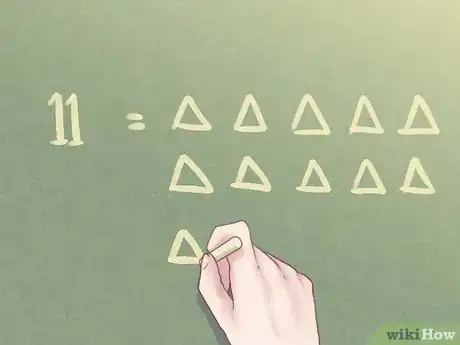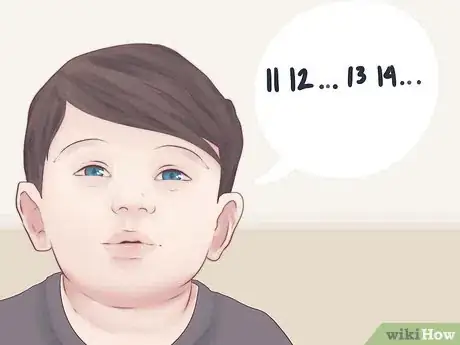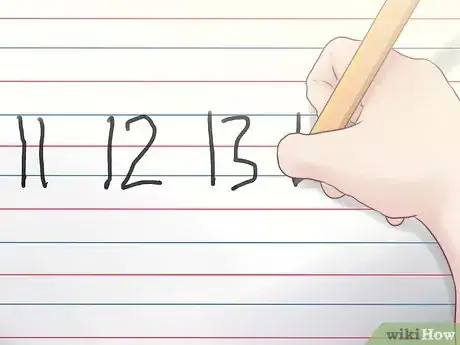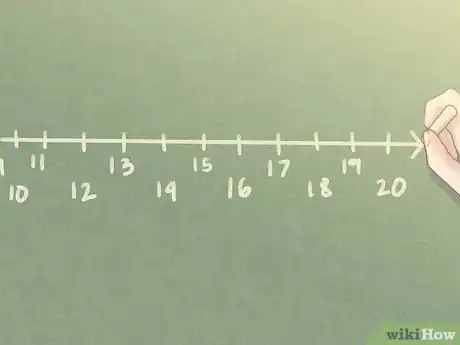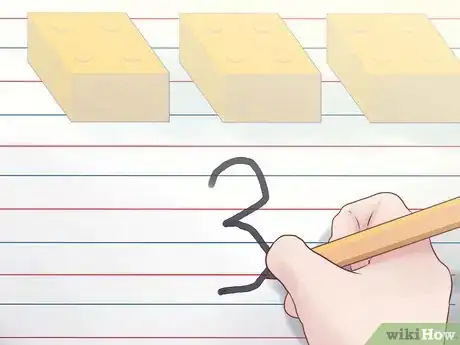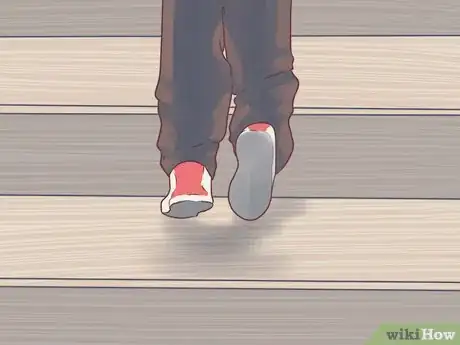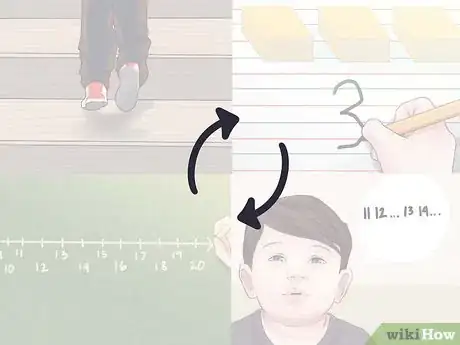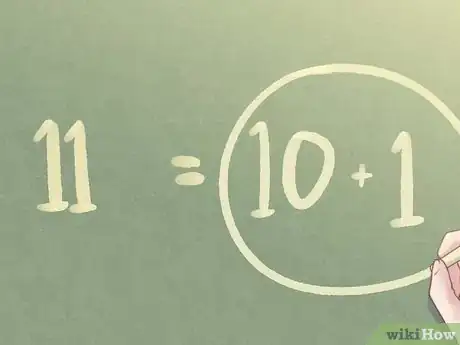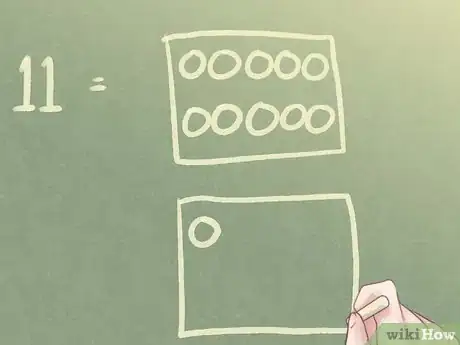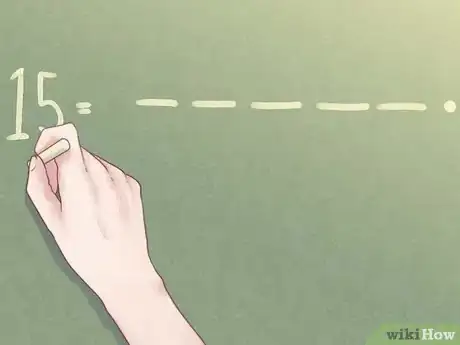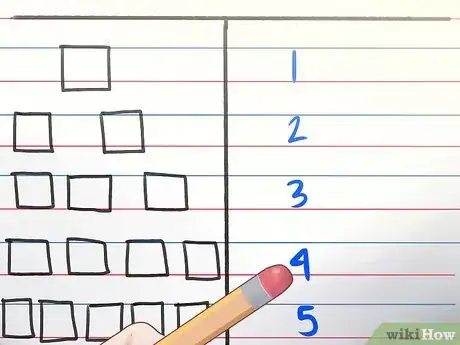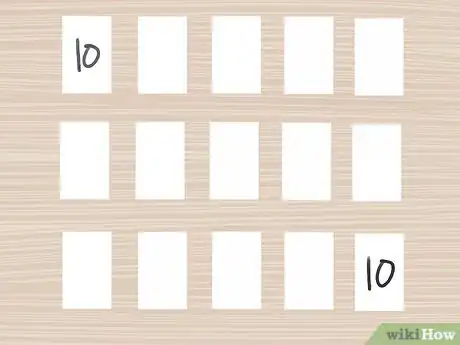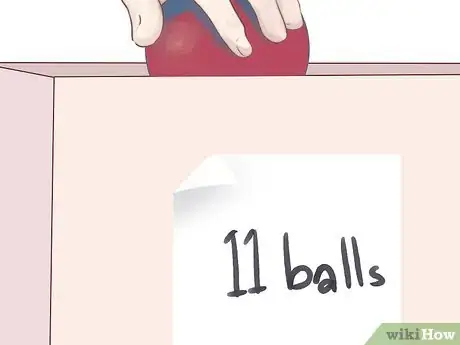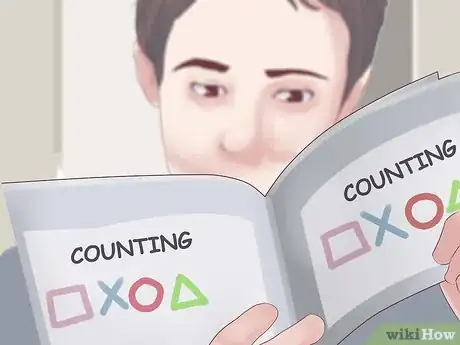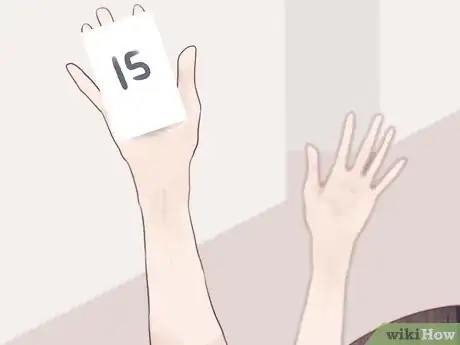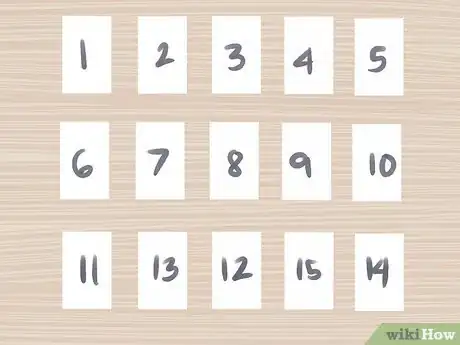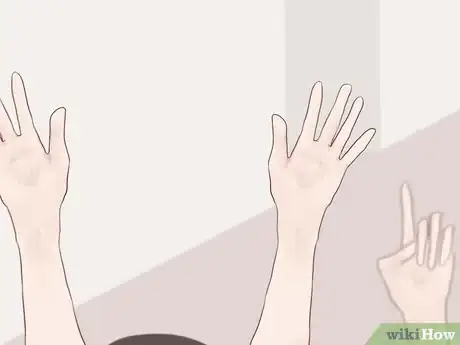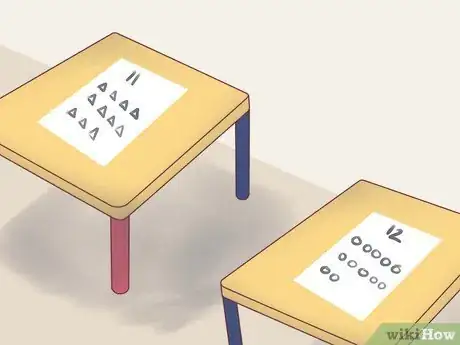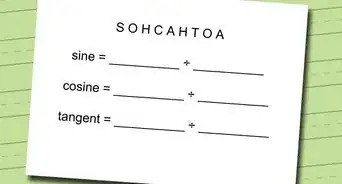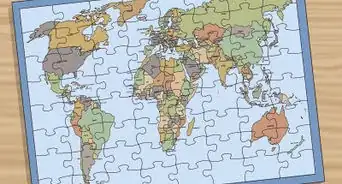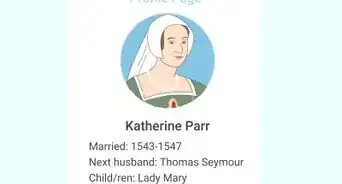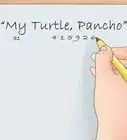wikiHow is a “wiki,” similar to Wikipedia, which means that many of our articles are co-written by multiple authors. To create this article, volunteer authors worked to edit and improve it over time.
wikiHow marks an article as reader-approved once it receives enough positive feedback. In this case, 90% of readers who voted found the article helpful, earning it our reader-approved status.
This article has been viewed 120,899 times.
Learn more...
Once children can recognize numbers 1 through 10, you can begin to teach them numbers 11 to 20. Understanding these numbers requires more than simple counting and recognition; it demands an awareness of tens and units and a larger sense of how numbers work. Teaching these concepts can be challenging. For ideas, scroll down to Step 1.
Steps
Introducing Numbers 11 to 20
-
1Present the numbers one at a time. Beginning with the number 11, teach children these numbers one at a time. Write the number on the board, and include a visual image: if you are teaching the number 11, draw 11 flowers, 11 cars, or 11 happy faces.
- It may also help to incorporate the concept of a ten frame at this point, including a ten frame with the appropriate number of units. For more on ten frames, see Part 2.
-
2Teach children to count to 20. Children can usually learn to count to 20 fairly easily by rote memorization. Make it even easier by tackling the numbers just two at a time – first count to 12, then 14, and so on.[1]
- Note, however, that teaching children to count to 20 is not the same as teaching children to understand the number values. Counting needs to be accompanied by other lessons aimed at number awareness and comprehension.
Advertisement -
3Practice writing the numbers. Once children know the individual numbers and can count to 20 in the correct order, have them practice writing the numbers themselves. For best results, have them pronounce the numbers out loud as they write them.
-
4Create a number line.[2] Showing children a number line, marked at even intervals with the numbers from 0 to 20, may help them visualize the progression of numbers.
-
5Incorporate objects. Some children have more success learning these numbers when they use objects they can touch. Have children count out sticks, pencils, cubes, marbles, or other small items. Reinforce the fact that if they count objects one by one, the number they reach when they stop counting is equivalent to the number of objects they have accumulated.[3]
-
6Make it physical. Have children count their steps (stairs are great for this, but it’s also fine just to walk from one side of a room to the other), or have them jump up and down 20 times, counting as they go.
- Hopscotch games work well for this purpose. Draw 10 squares on the ground, and fill them with the numbers from 1 to 10. Have children count from 1 to 10 when they hop forward and from 11 to 20 when they hop backward.
-
7Reinforce these numbers as often as possible. Take every opportunity to count to twenty and demonstrate number awareness. The more children practice, the better their results will be.
Teaching Tens and Units
-
1Explain the basic concept of tens and units. Tell children that all the numbers from 11 to 19 are made up of one ten and a number of additional units. The number 20 is made of two whole tens.
- Help children visualize this concept by writing the number 11 and, next to it, showing a ten and a single unit, separated by a circle.
-
2Introduce ten frames. A ten frame has 10 empty fields, which are filled as you count. You can use coins or other small objects to demonstrate this, and you can also draw it on the board.[4]
- For a good activity, give each child two ten frames and 20 objects of some kind. Have them create the number 11: one full ten frame, and a second ten frame with just one unit in it. Have them create the other numbers. You can also reverse the process, starting with full ten frames and taking objects away.
-
3Try using dashes and dots. Show children that you can represent these numbers with dashes and dots: dashes for tens and dots for ones. Demonstrate that the number 15, for example, is made of one dash and five dots.
-
4Draw a T table. Draw a T on a large piece of paper. The left column represents tens; the right represents ones. Fill the right column with the numbers 1 to 10, in sequence; leave the left column blank. Then:
- Add representative numbers of objects, such as small cubes, to the ones column: a single cube next to number 1, two cubes next to number 2, and so on.
- Explain that you could represent a ten with either ten of the small cubes or one larger stick.
- Fill the tens column with sticks, one by one, and explain how these numbers would work together to create larger numbers.
Reinforcing Numbers 11 to 20 with Fun Activities
-
1Make memory games with numbered cards. Use sets of cards labeled with numbers from 1 to 20 to play a memory matching game. Children turn the cards face down, then look for pairs.
-
2Fill containers with small objects. Have children fill containers with small items: 11 buttons, 12 grains of rice, 13 coins, and so on. Let them count the items and label containers with the appropriate numbers.
-
3Read picture books. There are many picture books available that deal with numbers 1 through 20. Read them together.
-
4Sing songs.[5] Counting songs help reinforce children’s understanding of number sequence in a fun way.
-
5Play “Who Has the Number?” Give children cards labeled with numbers from 11 to 20. Ask a question – “who has number 15?” – and wait for the child with the appropriate card to rise.
- You can make this game more challenging by asking harder questions – “who has the number that is two more than 13?” – or by having students break down their numbers into tens and units when they rise.
-
6Let children correct your counting mistakes. Count out loud from 1 to 20, making random errors; let the children point out your mistakes. You can also do this with card sequences or number lines.
-
7Have children use their hands. Choose two children. Assign one the role of the “ten” – he or she should raise both full hands in the air to show ten fingers. The second child is the “units” – he or she should raise the appropriate number of fingers to create whichever number you ask for.
-
8Create classroom number stations. Set up a station for each number from 11 to 20. For number 11, for example, label a desk with the written word “eleven,” the number “11,” and a picture of 11 items. In addition, set out 11 objects of some kind. Do this for every number, and have children circulate to identify the various stations.
References
- ↑ https://www.eslkidstuff.com/lesson-plans/numbers-1-20.html
- ↑ https://www.brighthubeducation.com/preschool-lesson-plans/108490-teaching-number-recognition-11-20-math-activities/
- ↑ https://www.eslkidstuff.com/lesson-plans/numbers-1-20.html
- ↑ https://nrich.maths.org/2479
- ↑ https://www.songsforteaching.com/numberscounting.htm
- http://www.brighthubeducation.com/preschool-lesson-plans/108490-teaching-number-recognition-11-20-math-activities/
- http://www.mathwire.com/strategies/teen.html
About This Article
To teach children to count from 11-20, start by introducing the fact that after 10, the next numbers are “10 plus something.” 10 plus 1 is 11, 10 plus 2 is 12, all the way through 19. Then, explain that 20 comes next, and ends with a 0 because it’s “2 10’s.” To reinforce this concept, play counting games, like counting steps while going up the stairs or playing hopscotch. Since rote memorization can help a lot, have them repeat the numbers often throughout the day, making up songs if it helps them remember. To learn how to help children recognize and write new numbers, keep reading!
